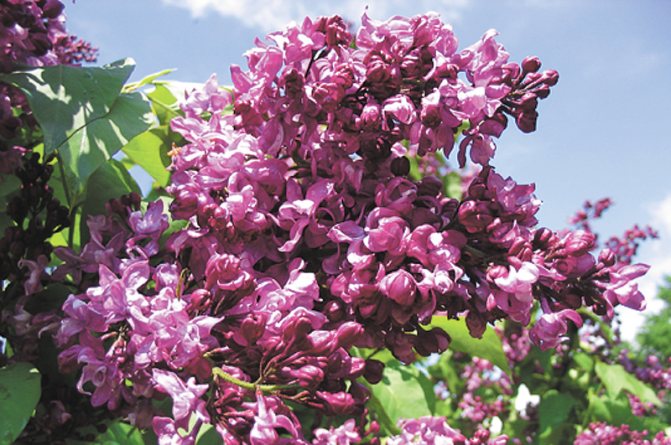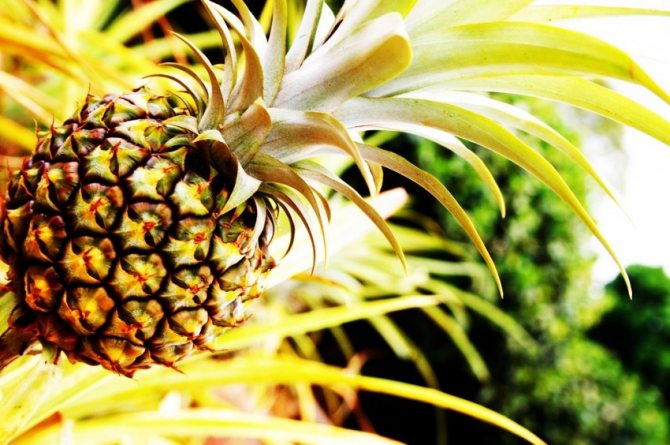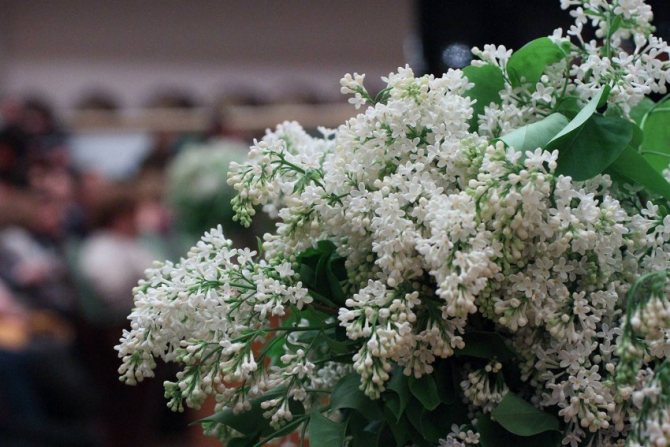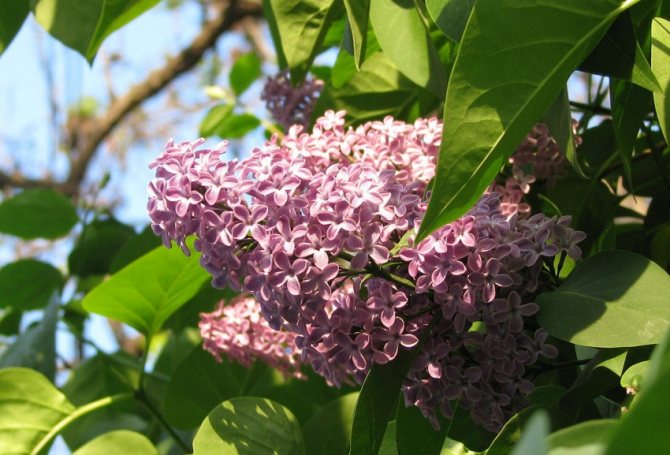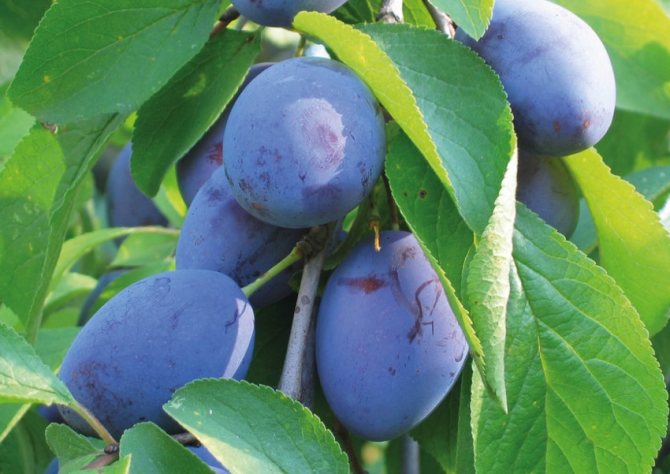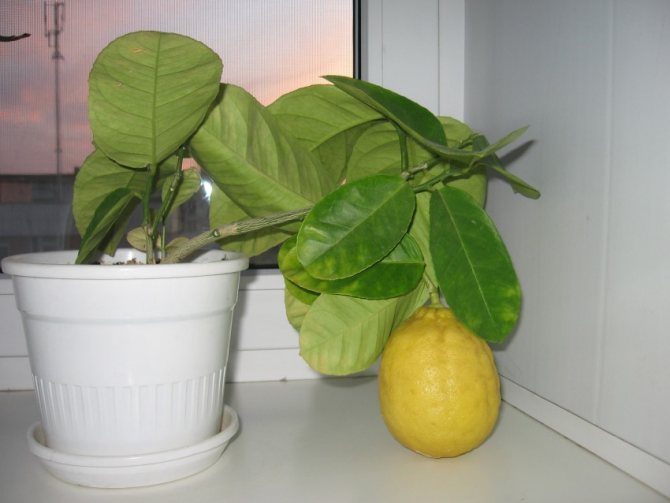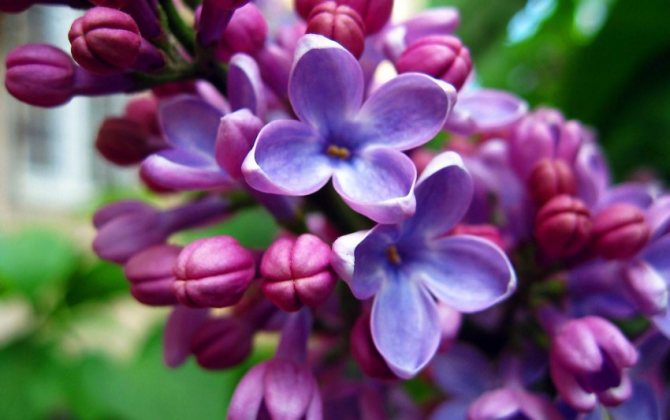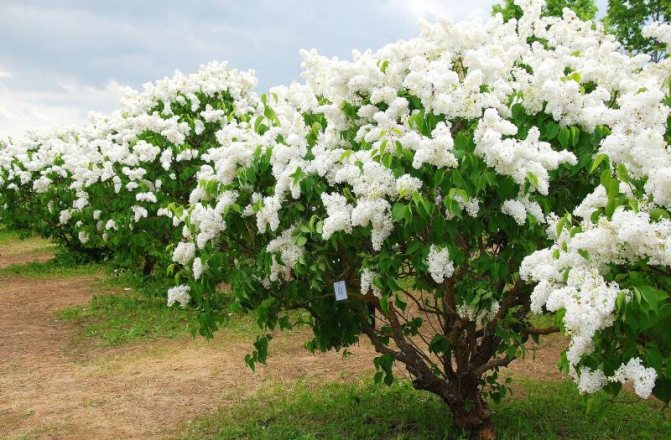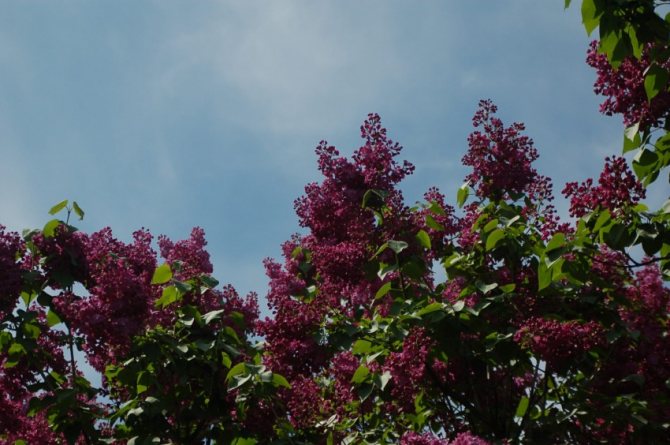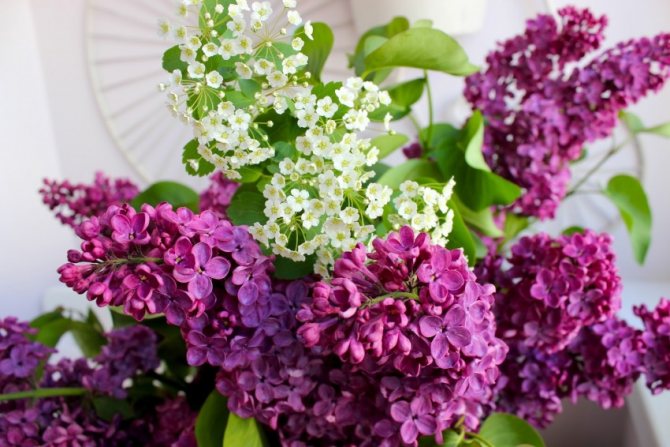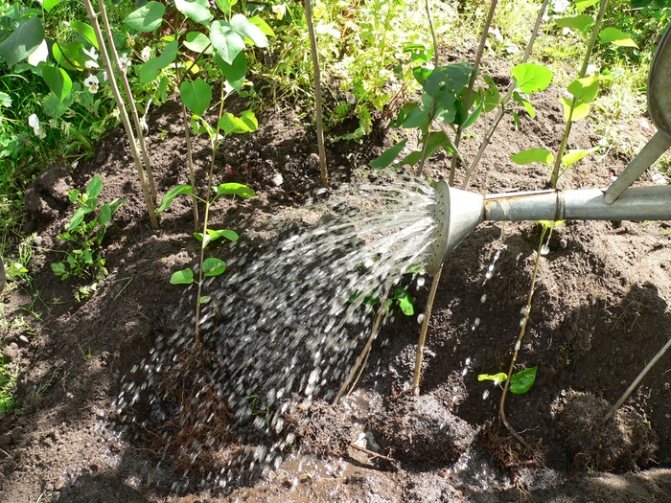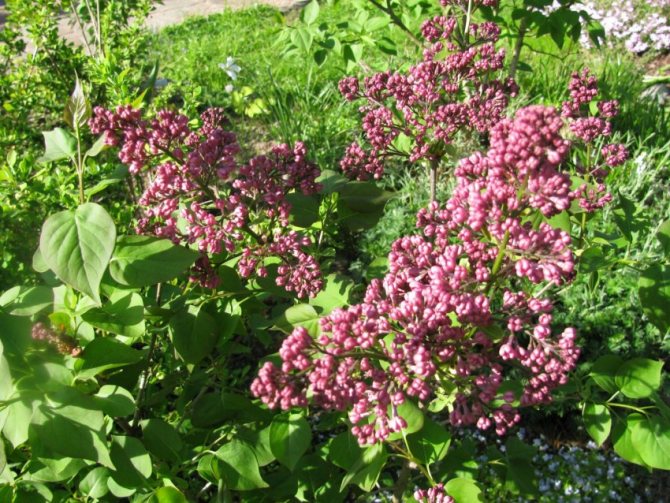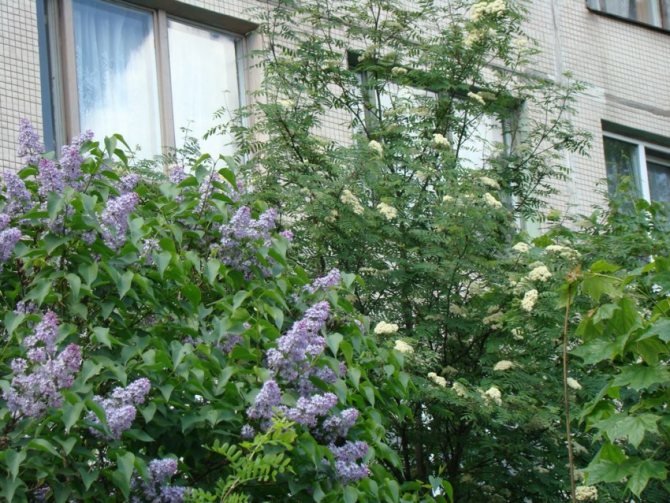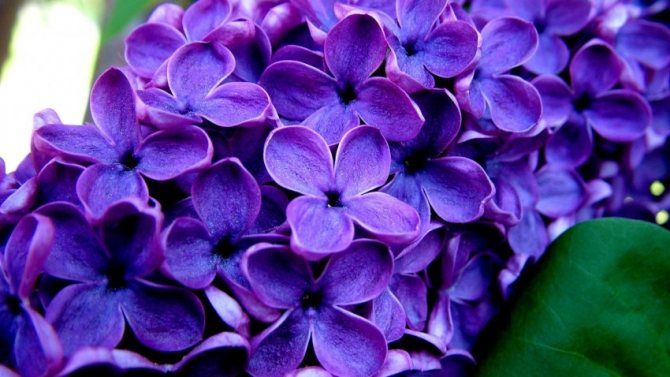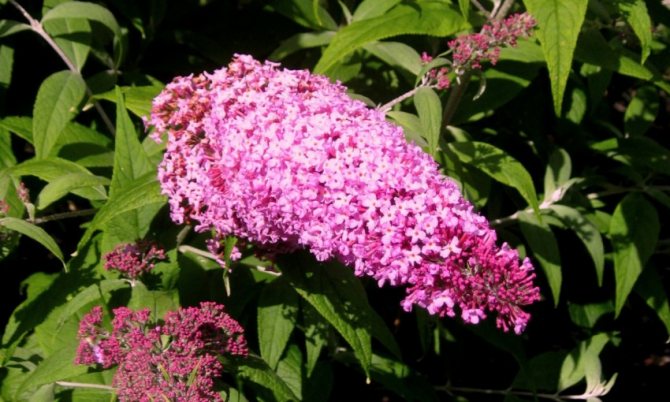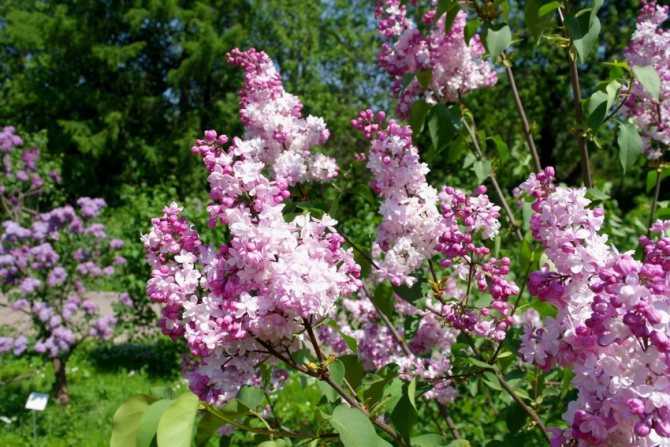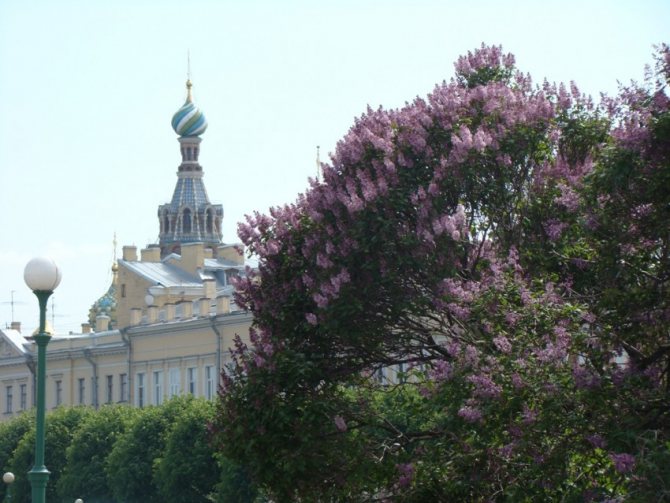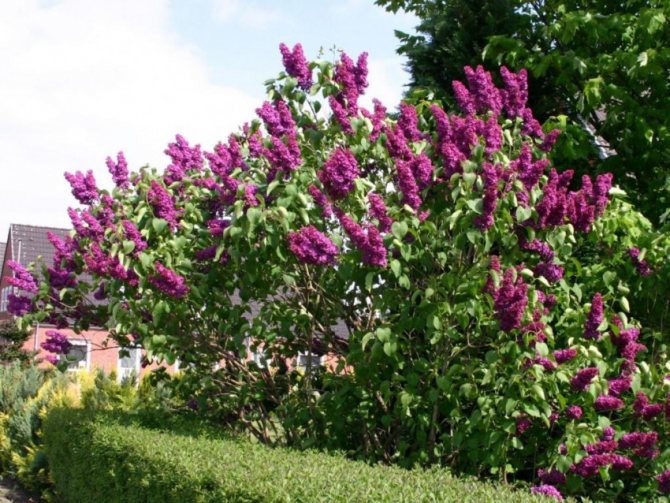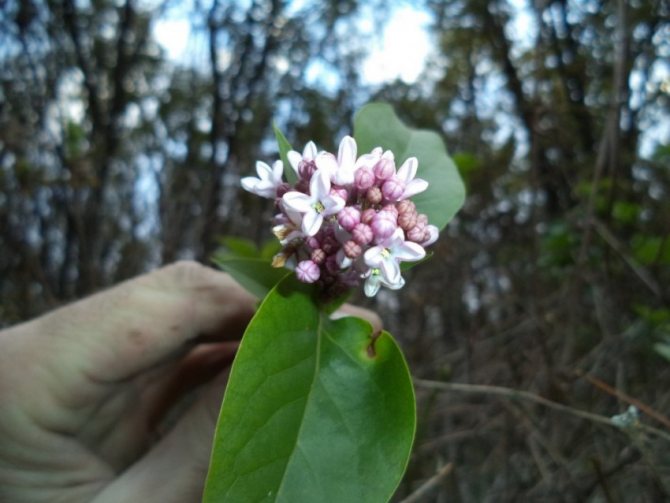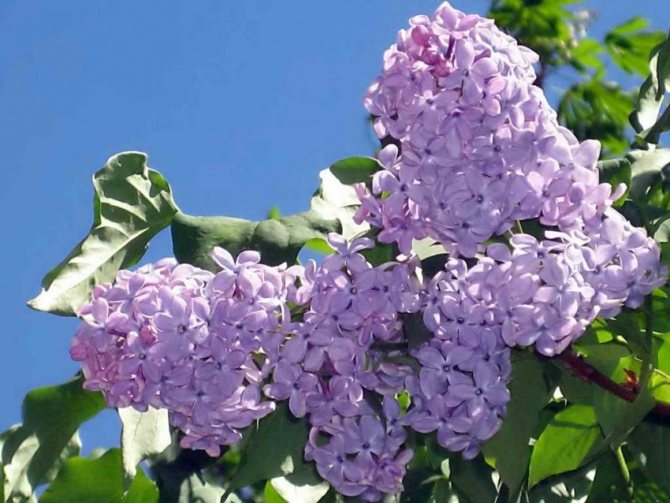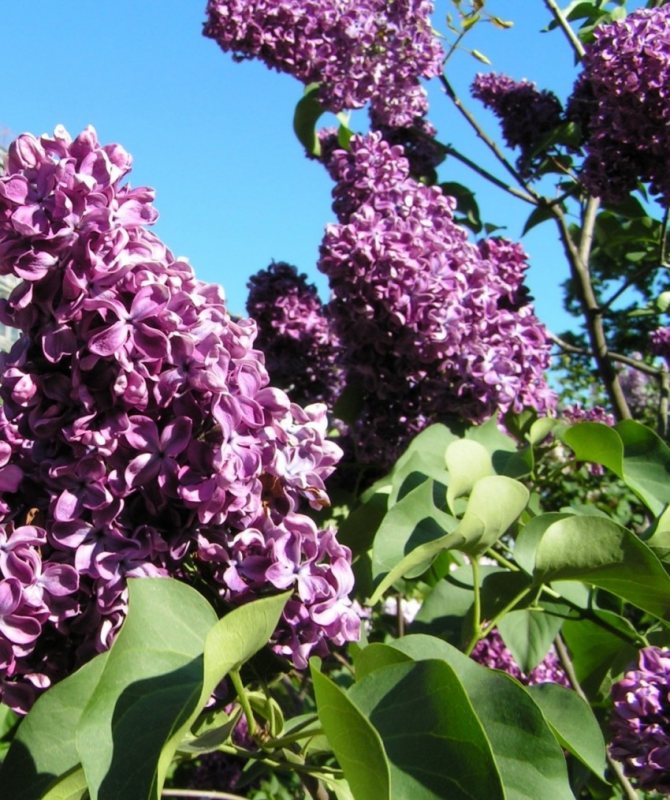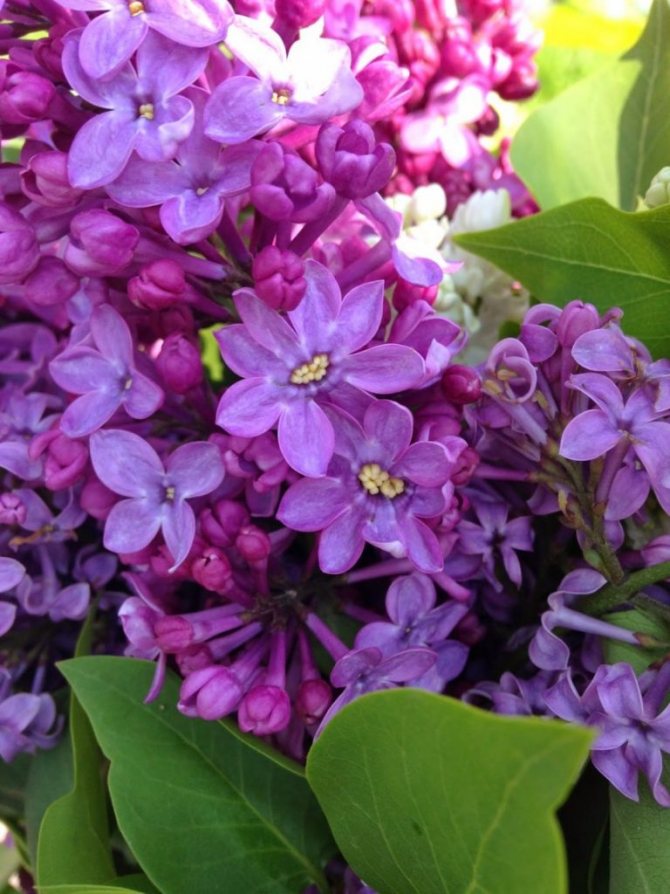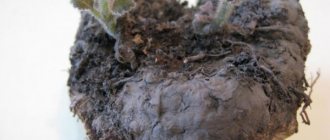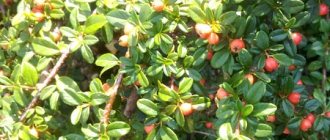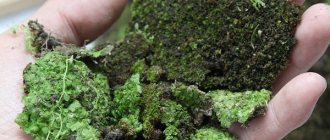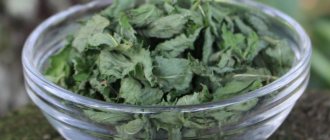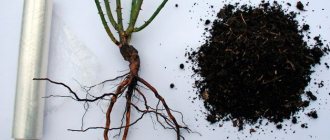How beautiful are the flowering lilac bushes, exuding a wonderful, incomparable aroma! Admiring them, we feel with excitement the approach of the long-awaited summer!
Lilac is the most beautiful and favorite flowering shrub, perhaps among all gardeners.
Domestic and foreign breeders have created unique large-flowered varieties of absolutely amazing colors and shades that adorn not only amateur gardens and squares, but also the most famous parks, historical monuments and even government buildings.
Leonid Alekseevich Kolesnikov's lilac has become a truly unique phenomenon in international breeding. It is his famous varieties with huge multi-colored (white, red, purple, pink, bright lilac) inflorescences reaching a length of 50 cm that adorn Red Square and the territory of the Kremlin.
They also grow around Buckingham Palace in London. And in Washington, white "Kolesnikovskaya" lilacs have become an integral part of the landscape around the White House!
Today, every gardener from the many existing varieties can choose lilacs to their liking. This plant is very unpretentious and durable. With proper care, it can live in one place for up to 90 years. However, when growing lilacs, there are a number of features to keep in mind.
In this article, we will tell you how to properly care for lilacs so that it delights you with bright, lush flowering for a long time.

A little about the familiar lilac
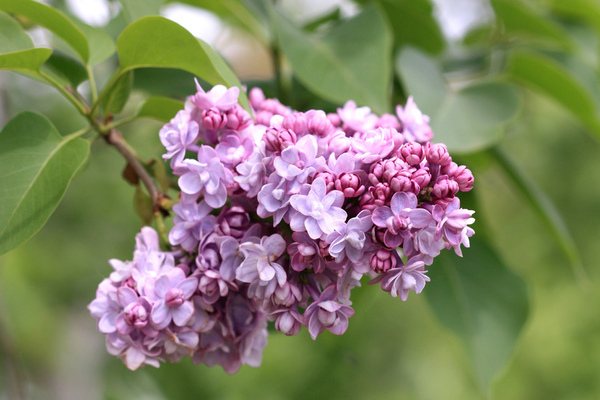

Indeed, the fragrant lilac that is familiar to us is quite unpretentious in care. It is easy to take care of it, besides, lilac seedlings can adapt to any climate and will live in it for decades. Lilac is a frost-resistant, gas- and drought-resistant plant, but still requires self-care. It may seem that this shrub can grow on its own without any maintenance. Not true! This is a complete delusion, since lilacs will give lush flowering only if they receive at least minimal care.
The impeccable reputation of lilacs is associated with frost resistance, the ability to live well in urban conditions, in dusty and gas-polluted places, with undemanding soil and light.
Considering such wonderful plant abilities, gardeners use lilacs in all kinds of terrain decorations: on alleys, hedges, lawns, flower beds, rabat beds.
True, “planted and forgotten” with lilacs will not work ... It will still have to be devoted to caring for her, albeit a little time. And if you want abundant and long-lasting flowering, then it is worth regularly watering the plant, feeding it and maintaining the proper condition of the soil.
Everything is simple enough. The slogan “Minimum care - maximum flowering!” Is suitable for lilacs. Care is still necessary, and we will talk about this in sequence in this article.
Lilac in room conditions.
# 1 Katerina
Good afternoon, dear members of the forum! I have long been tormented by the question of how to fulfill my mother's cherished dream - to grow a little lilac in a room. And such a question has matured: Is it possible to grow lilac bonsai. I don't want him to have a classic trunk there, but just a bush, if possible - a blooming one. I have a suitable root offspring of my lilac in the yard, but if I put it in a pot, will it die or not? I don't want to just kill this noble plant.
# 2 Vikuss
Lilac will need to arrange a full wintering, like any street plant.
# 3 Tavan
Yes, it's not even about wintering, I guess. Lilacs grow roots faster than a crown! I tried to grow it in a 50-liter pot, so in one season she filled the entire volume with roots and began to beg out. The leaves were yellow-green, like in autumn, the lilac did not even think about flowering, although I was buying a blooming bush. So it's outside, in the fresh air, in a large pot, with wintering! Last year I transplanted it to a flowerbed, also not a garden, but there is more space. Three men pulled it out of the pot, inside the pot there were solid roots without a gram of earth! Of course, you can try, there should always be someone first. But, I think, experienced bansaists have already tried to grow bansai lilacs, but, probably, no one has had a positive result yet.
Lilac care: how to water
Lilacs are so hardy that they can easily do without regular watering. She, as a rule, does not need systematic water procedures, but periodic ones are very necessary! The first abundant watering is carried out immediately after planting. Further, the lilacs are well watered during flowering and a little earlier, when the shoots are gaining strength (especially when there is little rain in the spring). In summer, lilacs are remembered again, especially in dry summers. Although the shrub is drought tolerant, watering is necessary to protect the plant from overheating.
Why lilacs don't bloom: reasons
The lack of flowering shrubs is a fairly common problem among gardeners. As a rule, this is due to improper care or poorly chosen landing site.
But there are other reasons for the lack of flowering:
- Lack of light Is the most common reason. This culture belongs to light-loving plants, and if planted in the shade of trees or close to buildings, it will not bloom.
- Incorrectly selected area can also lead to the fact that the ornamental shrub will not be covered with buds. You can not plant it in wetlands or in places with a close location of groundwater.
- Exposure to diseases and pests weakens the plant, and it spends nutrients on the restoration of shoots, and not on the formation of buds.
In addition, the lack of flowering can be explained by improper care: lack or excess of fertilizers, lack of pruning, or excessive watering.
Lilac care: how to feed
For lilacs, top dressing is necessary only when it is actively gaining growth, that is, at the beginning of the season. Fertilizing this plant before rooting or in the pre-winter period is contraindicated!
It is also worth remembering: do not feed a young plant. True, if the plant is planted in a depleted soil, in which there is an insufficient amount of nutrients, then feeding is necessary, or rather, two per year. The first one - in early spring, when young twigs appeared, the second - in June-July. In the second year, if the plant is planted in the spring, fertilize with nitrogen or organic.
Now about adult plants: they need to be fed differently. From the 3rd or 4th year, once a year, about 60 grams of fertilizers with ammonium nitrate or urea (nitrogen) are applied to each plant. And when the lilacs have faded, in the summer they add organic fertilizing (mullein or ash).
The so-called autumn dressing is given to the plant every three years: this, as a rule, is a potassium-phosphorus fertilizer.
Any varieties of lilacs love organic and mineral feeding. Moreover, for young plants - dung, for mature - humus.
It is advisable to fertilize lilacs on cloudy days or in the late afternoon, or after the rain has passed. Fertilizer can be dissolved in water or applied directly to the soil.
Cutting lilacs in spring and summer: harvesting planting material
Depending on the variety and climatic characteristics, the shrub can bloom from late April to June. On average, abundant flowering occurs in the spring-summer boundary. This time, plus about a week after wilting, is considered the optimal period for harvesting cuttings.
- a sharp knife or pruner;
- two layers of dry film.
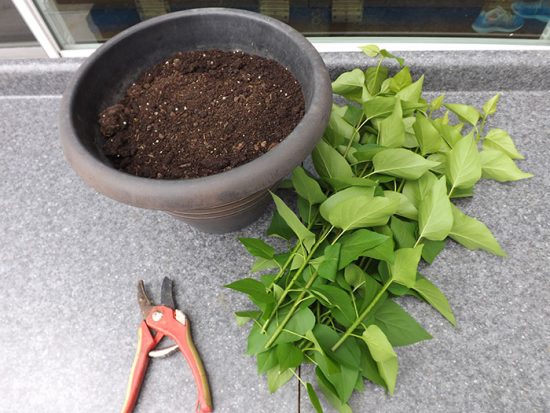

The success of future rooting largely depends on the correct harvesting. The green branch you will cut must meet the following requirements:
- middle length;
- without damage and disease.
Advice. Cuttings cut from lateral shoots that grow at an angle to flowering branches root better.
The optimum cutting length is about 15 cm. It must have at least one internode. The correct cut is under one of the knots, oblique (at an angle of 45 °), without hemp. After cutting, remove all leaves from the bottom node and shorten all others by 1/3. Arrange the cuttings in a dry place and cover with plastic wrap for a few days to dry out the material.
Lilac care: how to prune
Lilacs need regular pruning, cleaning and shaping. But all this must be started from the 3rd or 4th season, in the case of the formation of skeletal branches. Moreover, trimming alone will not help here. Lilacs need 3 different treatments.
- Basic pruning procedure suitable for all types of lilacs and stimulating flowering of the plant. Pruning is carried out in the summer when the bush has faded. Faded inflorescences are removed, which will stimulate lush flowering in the next season.
- The rejuvenating pruning procedure is carried out in early spring. Suitable for the most mature bushes. If you do not skip this procedure, then the plant will get rid of cardinal rejuvenation, and there will be no pass in flowering. For this, thick shoots are removed every year and strong main (skeletal) branches are formed.
-If you have to do rejuvenating pruning for very old bushes, then almost all the branches extending from the skeletal one are removed to hemp. The next year, the flowering will not be so bright and lush due to the loneliness of the inflorescences. But every year the lilac will add and release more and more inflorescences.
- Formative pruning procedure. As a rule, the crown is not formed in lilacs. She already remarkably fulfills her landscape and pictorial task. But the root shoots, as well as dry and weakly growing shoots inward, are cut off. Thanks to these actions, the lilac forms strong skeletal shoots.
The crown is formed only in a few cases:
a) when a more strict form is needed (regular lilac gardens), from the first years of life, the plants set the growth vector and cut off young branches, thereby limiting the growth of the crown and giving a silhouette;
b) hedges and tunnels require cutting off the tops of dense plants, and the sides are cut off twice a year (spring and autumn) and achieve the desired shape;
c) when a standard tree is needed, it is formed in a standard way, leaving the main skeleton, and the side branches are removed; the upper part of the bush is formed into a rounded crown.
Timely pruning
Timely pruning of lilacs is another important step in caring for this plant. It is necessary to remove faded inflorescences and prevent the development of young growth around the main trunks of the bush.
Timely pruning of fatty shoots is also necessary. All other types of pruning are made in special cases, which depend on the state of the lilac bush and its shape.
For example, if the bush has grown too large and lost its shape, then it is necessary to shorten its old elongated branches, as well as branches growing inside the crown. However, this should be done in early spring, before the buds swell.


lilac pruning
How to mulch
The easiest way to achieve effective care for lilacs is by mulching.In this case, moisture retention will be stable, thus, the root system will be protected from overheating, and the quality of the soil and its structure will be maintained in proper order.
For the first mulching, a young plant is watered abundantly when planting. The thickness of the mulching layer is 5-7 cm, which should be kept constant and renewed every spring and autumn.
The mulching layer should consist of peat, humus, semi-ripe leaves and compost.
For young bushes in winter, create a protective covering of mulch (10 cm layer), which includes leaves or peat.
What needs to be done to make the lilac bloom?
If, after planting, the shrub has taken root normally, but has not been able to bloom, it is necessary to change the approach to caring for the crop. Lilac is an undemanding shrub, so it will take root in most areas.
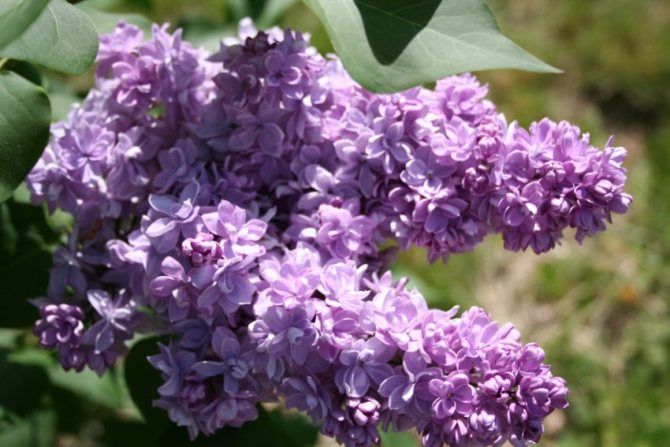

But, in the case of varietal bushes, it is important to provide suitable conditions not only for the development of the culture itself, but also for flowering. To do this, first of all, you should properly care for the bush.
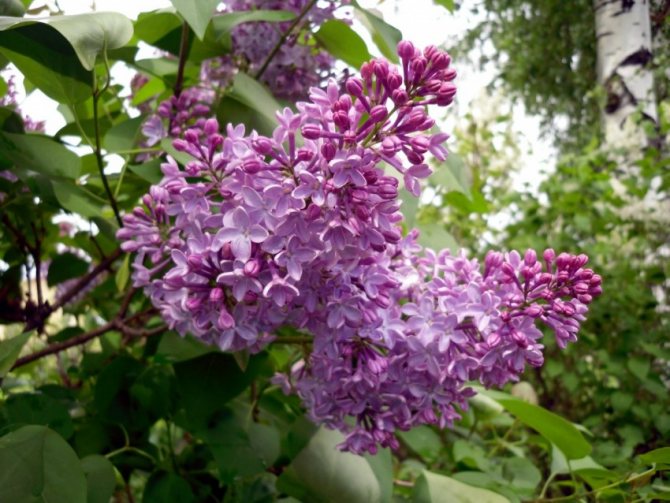

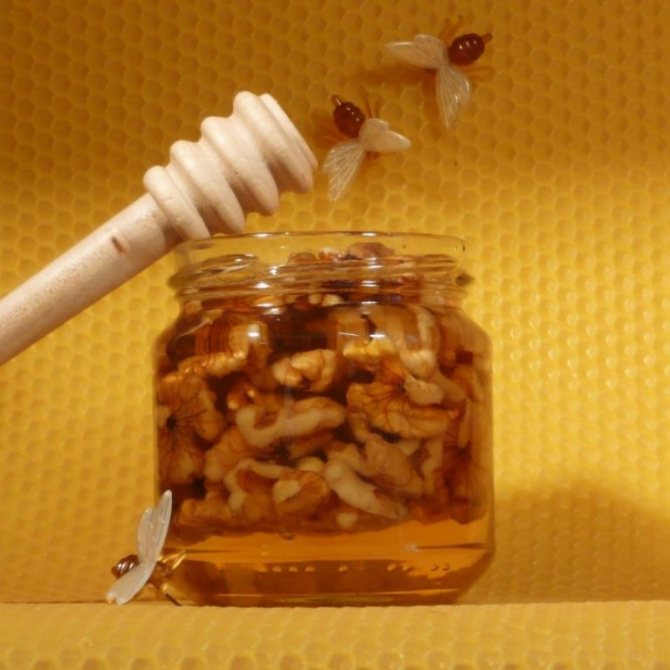

Nuts with honey: benefits, harms, recipes and use in traditional medicine (110 photos + video)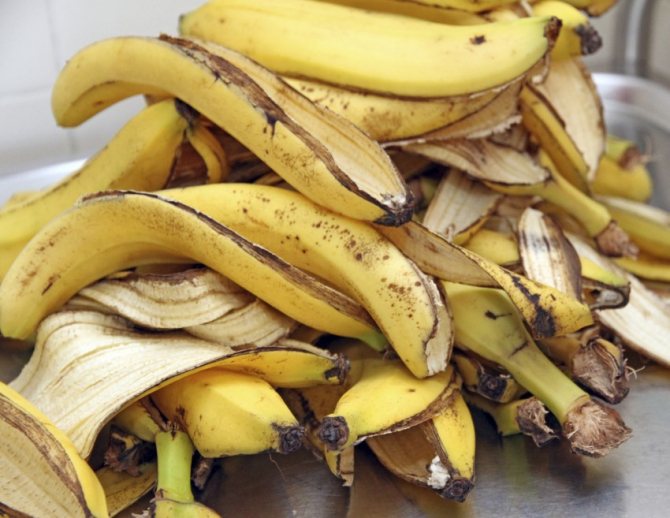

Banana peel as fertilizer - instructions on how to properly prepare high-quality fertilizer for seedlings with your own hands (125 photos + video)
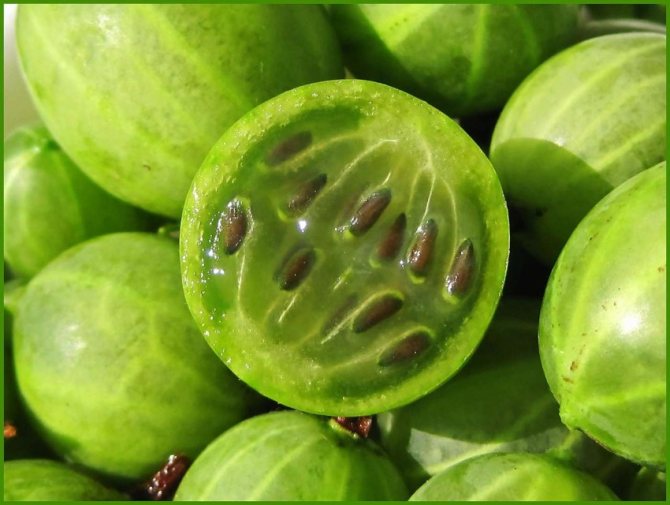

How to feed gooseberries - the best recipes and feeding methods in spring and autumn. Features of gooseberry care in August (85 photos)
For the strength and invulnerability of the lilac
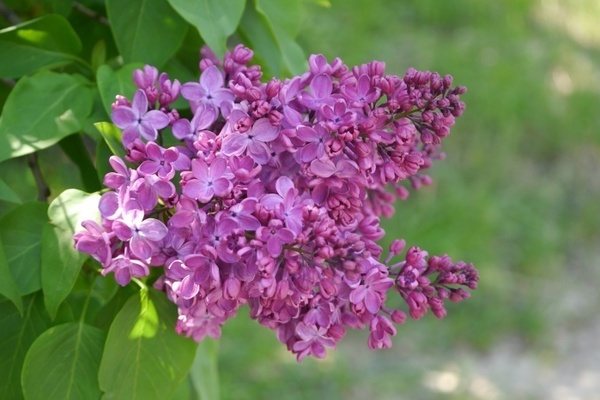

Lilac is a fairly persistent and hardy plant, but still it is not immune from any disease and harmful insects. Infected neighboring plants can add to the problems with lilacs, especially in the season when plant care was irregular.
As always, treatment is more difficult than prevention. Therefore, regular examination of the bushes for diseases (especially in summer and autumn) is the best solution.
Lilacs most often suffer from late blight and powdery mildew. Early diagnosis is the key to success! Here, a simple Bordeaux mixture and a variety of narrowly targeted fungicides will help to overcome the disease.
Late diagnosis threatens the death of the plant. Even cardinal pruning and regular treatments may not help in this case.
If your lilacs are chosen by harmful insects from leaf-eating and ticks, then you need to get rid of them urgently. Otherwise, their reproduction will quickly lead to plant baldness. Systemic insecticides will help fight pests. Due to narrowly targeted agents, time can be lost, and weakened lilacs can get sick from other pests.
Description of lilac
Lilacs (Syringa) of the Olive family (Oleaceae) are shrubs and, less often, trees that attract with beautiful flowering. And the heady aroma of many types and varieties of lilacs only adds to the charm of the bushes.
Types and varieties of lilac
In our gardens, varieties of s. ordinary (S.vulgaris) and interspecific hybrids obtained with its participation, such as with. hyacinthous (S. x hyacinthiflora), p. Chinese (S. x chinensis) and s. persian (S. x persica), hybrid with. Afghan and s. fine-cut (S. alghanica x S. laciniata). Chinese lilac and s. Persian in central Russia in winter they often freeze slightly, and in severe winters they can freeze out.
To date, a huge number of lilac varieties have been bred, but breeders continue to delight us with new products. The greatest contribution to the selection of lilac flowers was made by the father and son of Lemoine, whose varieties still form the basis of the assortment of this culture. Our compatriot A. Kolesnikov, whose varieties have received international recognition, did a lot for this.
Varieties are primarily distinguished by color, dividing them into 7 groups: I - white, II - purple, III - bluish, IV - purple, V - pinkish, VI - magenta (red-purple), VII - purple.Also, the varieties differ in the doubleness and shape of the flower, the size and shape of the inflorescences-panicles, in the aroma of flowers and, of course, in the size and shape of the bushes. Therefore, any gardener will be able to find a variety that will not leave him indifferent.
Reasons for the absence of peduncles in lilacs and how to eliminate them
Conventionally, all negative factors can be divided into:
- climatic;
- territorial;
- aging;
- improper care;
- the negative impact of diseases and pests. Bloomerang Ash
Climatic factors
Most varieties of lilacs are suitable for growing in the harsh continental climate of Russia. However, remontant hybrids have low indicators of frost resistance, due to which they hardly take root in the northern regions of the country. This is due to the fact that these shrubs have a non-buried root system. When the soil freezes from 200 cm and above, the rhizomes of the hybrid die off. In the spring, during the active growing season, all the forces of the frozen bush go to its rooting. In this regard, the plant does not bloom for several seasons.
You can identify a frozen bush by its appearance. Green buds indicate the health of the plant, brown buds are a sign of a damaged bush.
To prevent freezing, the trunk circles are insulated in late autumn using sawdust and agrofibre. It is recommended to transplant capricious varieties for the winter in a greenhouse or greenhouse.
Territorial reasons for the lack of flowering
Inflorescences are not formed if the bush grows in a shaded area, the plantings are too dense. An exception to the list is varieties with dark panicles, they take root well in partial shade. In this case, the buds retain their natural shade throughout the entire flowering, without fading in the sun. With strong shading, inflorescences and leaves become smaller, and the flowering period is halved. A few years after planting the shrub in the shade, it stops forming buds. This defect is eliminated by transplanting the seedling to the illuminated area.
Saplings
Frequent planting of bushes (the distance between the trunks is less than 1 m) can provoke oppression of weak seedlings by stronger ones. Due to a lack of nutrients in the soil, low aeration and low light, the plants stop blooming. To resume vegetative processes, transplant is carried out on fertilized soil at an equidistant distance from each other.
Soil composition is a key factor in plant development. Fertile lung lands are optimal for any crop. While the swampy soil provokes the development of putrefactive processes in the root coma. You can determine the waterlogged soil by how easily the leaves crumble and the decayed lilac trunks break off. This problem is solved by transplanting a plant into a hole with a prepared drainage layer.
Aging bushes and lack of care
The age of the stems affects the vegetative potential of the lilac. A young shrub with flexible shoots releases 40 to 50 flowering panicles. A plant with a large number of skeletal branches barely bears fruit. Lilac at the age of 50 years old loses its vegetative properties. Anti-aging pruning is used to increase clarity. The resulting cuttings can be safely used to propagate lilacs by cuttings.
Improper care of lilacs can negatively affect the general condition of the perennial. Not knowing what to do with the plant, novice gardeners run the risk of spoiling the soil with a large concentration of nitrogenous or potassium preparations. An excess of inorganic substances in the hole provokes the development of fungal diseases. Poor soil is one of the reasons for the slow development of shoots and multiple crown deformations. To lay flower buds next year, the plant must be fed.
Video about growing conditions and fur flowering.
Causes of drying shoots and how to eliminate them
There are several reasons why lilacs dry out:
- insufficient watering;
- excess nitrogen in the soil;
- diseases of the soil and crown.
Most often, lilac leaves curl, and branches dry under the influence of the Verticillium fungus. This disease is called wilting. To prevent it, the affected areas of the crown are cut and disposed of, and the remaining green mass is sprayed with Fufanon, Iskra M or Kemifos.
Verticillary wilting
With the defeat of the lilac root ball, the branches also dry. It is possible to distinguish rhizome diseases from crown fungus by the fact that in case of root diseases, the tillering node is affected by rot and easily separates from the root part. In this case, transplanting to a new place will help to save the lilac. In this case, the root ball is carefully examined for rot. The affected areas of the plant are removed. The roots and the hole are treated with a concentrated manganese solution.
Diseases of the crown are a consequence of poor immunity of the bush (low light, insufficient ventilation of the crown, poor soil, irregular watering, thickening of the bush, age).
Root fungus is the result of waterlogging of the soil, or a high concentration of nitrogen in the soil.
Inappropriate place
Another fairly common reason that lilacs stretch, do not bloom or bloom poorly is an unsuccessfully chosen place for it: too shaded or windy. The main requirements for a site where the lilac will feel comfortable are as follows:
- most of the day, the place should be well lit by the sun: the western and eastern sides of the garden are suitable, but on the southern side the plant risks getting sunburn;
- the site should be located on a plain or, in extreme cases, on a gentle slope;
- the place should be sheltered from cold winds.
It is not recommended to plant lilac bushes next to a pine or spruce. How to correctly and effectively place lilacs in the garden on a suburban area, read our material:

